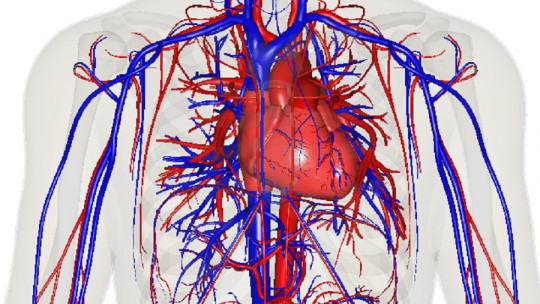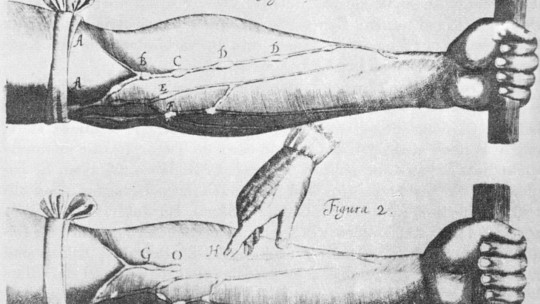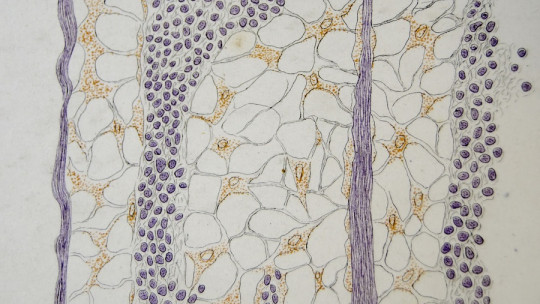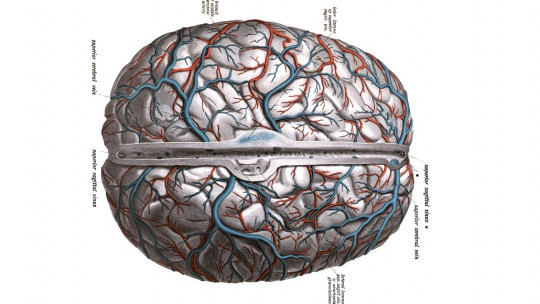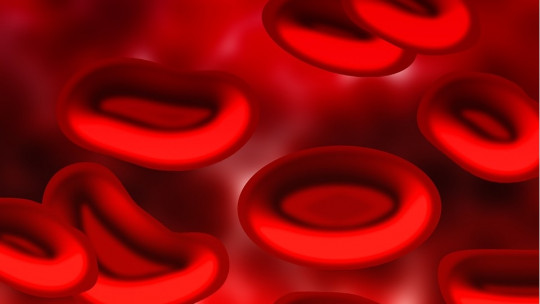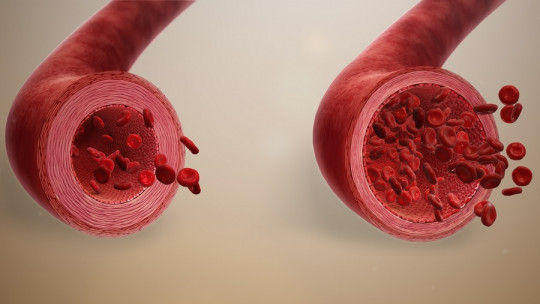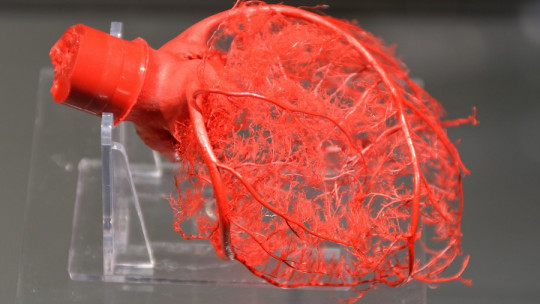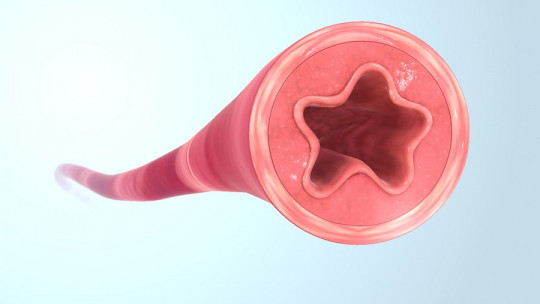
The circulatory system is an essential key to understanding the long-term survival of humans as a species. An adult person has, on average, between 4.5 and 6 liters of blood, or in other words, 7% of our body weight is this liquid. Blood carries nutrients, waste substances, and oxygen to (and from) all of our living cells. Therefore, conceiving the life of a complex multicellular being without an irrigation system is impossible.
Beyond blood, if we think about the circulatory system, the first thing that comes to mind is the heart. This powerful organ is the key to the life of vertebrates (and many invertebrates), since it tirelessly pumps blood to all our organs. It is estimated that this muscular organ is capable of pumping more than 7,000 liters of blood every 24 hours, with a continuous heartbeat that exceeds 3,000 million contractions throughout our life.
We could continue providing data about the circulatory system for hours, since the heart and blood have been widely studied and this is reflected in the large amount of informative material that there is about them. Anyway, what about the blood vessels? What is their functionality and what particularities define them? Today We tell you everything about vasoconstriction an essential phenomenon when explaining blood flow in living beings.
What is vasoconstriction?
First of all, we must emphasize that A blood vessel is any vessel in the circulatory network that transports blood, as indicated in the dictionary of the Clínica Universidad Navarra (CUN). Blood vessels are classified into 5 groups, which are as follows:
Now that we have briefly explored the types of blood-distributing ducts in the human body, we are ready to dive into vasoconstriction. This phenomenon is defined as the reduction in the diameter of the internal space of blood vessels resulting from the contraction of their muscular section, particularly in the case of arteries and arterioles
This process is the opposite of vasodilation, or in other words, the increase in the diameter of the space through which blood flows in veins, arteries and arterioles. It should be noted that these processes are mediated by the vascular smooth muscle that lines the internal surface of the previously mentioned vessels, since it contracts or relaxes depending on the physiological needs of the organism.
Mechanism of action
The mechanism of action of vasoconstriction, like that of all muscle contraction, depends on calcium When a nervous impulse reaches the membranes of these smooth muscle fibers that line the walls of the blood ducts, it depolarizes and enables the entry of calcium ions from the extracellular plasma to the cytoplasm.
One of the best-known vasoconstrictive hormones/neurotransmitters is epinephrine (or adrenaline), which participates in the fight-flight response in living beings.
Epinephrine (and norepinephrine) activate the sympathetic nervous system (SNS), which directly activates the muscles Through the reaction with cellular adrenergic receptors, the cascade reaction is initiated that enables the entry of calcium ions and, therefore, vasoconstriction.
Physiological functions of vasoconstriction
When blood vessels become constricted, blood circulation slows down or is blocked altogether. Depending on the severity of the situation, it can be considered a normal physiological event or a pathological condition, since there are certain diseases that cause dangerous vasoconstrictions (such as reversible cerebral vasoconstriction syndrome, among others).
Below, we present some vital processes in which vasoconstriction is essential. Do not miss it.
1. Bleeding control
When an open wound occurs, living beings lose blood to a greater or lesser extent and give pathogens an easy source of entry into our body. As you can imagine, this situation is not at all favorable for individual survival, so local vasoconstriction mechanisms are put in place to prevent excessive blood loss and promote coagulation.
When the platelets reach the damaged area, they release serotonin (yes, the same one that is considered the neurotransmitter of joy), and this has a clear vasoconstrictive role in vessels that are losing blood. Thus, blood flow to the hemorrhagic core is reduced (or restricted), reducing acute blood loss. For this reason, patients with thrombocytopenia (low circulating platelet count) are very prone to bleeding wounds that do not close on their own.
2. Heat storage
The human temperature is around 37 degrees, and at less than 30 or above 42, death occurs in all cases. When we find ourselves in an exceptionally cold environment, We run the risk of suffering mild hypothermia (between 33 and 35 degrees) and, therefore, our body activates vasoconstriction mechanisms
In endotherms (living beings that generate metabolic heat), the warm blood from the core of the body that passes through the superficial blood vessels of the skin exchanges heat with the environment, since it is always warmer than the environment. Therefore, when the situation presents a very cold climate, vasoconstriction phenomena occur in the body so that we can retain heat inside our body.
On the other side of the coin we have superficial vasodilation, which is triggered when endothermic animals are in environments that are too hot Many living beings that live in the savannah or desert (such as African elephants, Loxodonta Africana) have ears with a large amount of very fine tissue. This is highly irrigated and its main function is the opposite of that of the previous case: to increase the blood contact surface with the medium to lose excess heat.
3. Avoid orthostatic hypotension
Orthostatic hypotension is a process that It is based on the drop in blood pressure as a result of prolonged standing or, alternatively, when someone stands up after lying down for a long time It occurs because blood accumulates in the legs and other areas of the lower extremities, which prevents enough blood from reaching the brain momentarily. This causes syncope, dizziness and/or momentary fainting.
Selective vasoconstriction prevents orthostatic hypotension, as excess blood accumulation in one area of the body is prevented. This is part of a cyclical feedback that tries to maintain the homeostasis of the body in the best possible way, or in other words, balance with the environment.
Summary
Thus, we can summarize that vasoconstriction is the process by which the muscles of the blood vessel reduce or block blood flow to a specific area. It should be noted that this capacity is found, above all, in those conduits with a thick muscular tunic, such as medium-caliber arteries and arterioles.
As you may have seen, the circulation of the organism adapts to the physiological needs of the species at all times, regardless of its simplicity or evolutionary origin. Vasoconstriction is further proof that, in the body of living beings, no process happens randomly.

